Anxiety is the body’s natural reaction to stress. As part of the “fight-or-flight” response, it occurs when someone feels threatened physically or emotionally. So, this blog teaches you the most effective anxiety breathing exercise.
It is good to have an anxiety reaction because it keeps people alert and aware when they are in danger. However, it can disrupt daily life for some people.
Anxiety can sometimes cause distress, unease and dread. In this case, doctors recommend you try breathing exercises.
Anxiety is often treated with breathing exercises, according to experts. People can feel calmer and slower-paced as a result of doing such exercises.
Life is only possible as long as we are able to breathe. Whenever you breathe in air, oxygen is taken in and carbon dioxide is released. Carbon dioxide is a waste product that is exhaled by the body after passing through it.
Breathing improperly can disrupt oxygen and carbon dioxide exchanges, contributing to anxiety, panic attacks, fatigue and other physical and psychological problems.
In this article, we will provide eight breathing exercises along with instructions on how to perform them. The article will also cover other ways to manage anxiety as well as explain when it might be beneficial to consult a healthcare professional.
Check: Depression
1. Exhale slowly and deeply
Taking a deep breath may not always help you calm down. When we take a deep breath, we are actually activating the sympathetic nervous system, which controls our flight-or-fright reaction. As we exhale, the parasympathetic nervous system activates, which is responsible for relaxation and calming the body.
You can actually hyperventilate if you take too many deep breaths too quickly. By hyperventilating, you decrease the amount of oxygen-rich blood that reaches your brain.
Stress and anxiety can make us breathe too much and lead to hyperventilating – even when we’re trying to overcome it.
- Take a deep breath before you exhale thoroughly. Let your lungs inhale air after pushing all the air out of them.
- Next, you have to spend a little more time exhaling than inhaling. For example, take a deep breath for four seconds, then exhale for six.
- This should be done for two to five minutes.
The technique can be done standing, sitting, or lying down, whichever is most comfortable for you.
Also, check: Major Depression Disorder
2. Exercising your abdominal muscles
Your diaphragm (the muscle just beneath your lungs) helps you breathe by reducing the amount of energy your body needs to expend.
Here are the steps you can take to get started breathing from your diaphragm:
Anxiety breathing exercise check-in
- Place pillows beneath your head and knees so you can lie on the floor or bed comfortably. You can also sit in a comfortable chair with your knees bent and your head, neck, and shoulders relaxed.
- Next, place one hand over your heart and the other under your rib cage.
- As you breathe in and out through your nose, feel if you can notice your stomach or chest moving.
- Can you breathe more deeply by isolating your breathing? Inversely, what about it? When you breathe, does your chest move more than your stomach?
As you breathe, you should eventually move your stomach instead of your chest.
Read: How to Calm Anxiety Attacks
Practice belly breathing
- As described above, lie down or sit.
- Your hands should be at the top of your chest and your stomach, above the belly button.
- As you inhale through nose, notice your stomach rising. As much as possible, keep your chest still.
- Breathe out through your mouth while pucker your lips. Push air out through your stomach by engaging your muscles as you breathe in.
You need to practice daily to make this breathing automatic. This exercise should be done three or four times a day for a total of 10 minutes.
It is possible at first to feel tired if you’re not using the diaphragm to breathe. Practice will make it easier.
3. Focus on deep breathing

Deep breathing can reduce anxiety when it is focused and slow. Practicing this technique requires a peaceful location where you can sit or lie comfortably. If so, then:
- Imagine how it feels to exhale and inhale normally. Try scanning your body mentally. Your body may feel tense, even if you haven’t noticed it.
- Deeply inhale through your nose.
- You’ll notice that your belly and upper body have expanded.
- Feel free to sigh if you like. Exhale as comfortably as possible.
- Watch the rise and fall of your belly for a few minutes while you do this.
- During your exhale, concentrate on a word and voice it. It can be effective to use words like “safe” and “calm.”
- Take a deep breath, and let the wave of inhalation wash over you.
- Imagine your exhalation carrying away from you the negative energy and thoughts that upset you.
- Keep your attention focused on your breath and spoken words when you become distracted.
You should use this technique for at least 20 minutes daily if you can.
Also, check: Side Effects of Overthinking
4. Equal breathing
Equal breathing is another form of anxiety breathing exercise derived from ancient yoga pranayama. In other words, you inhale for the same amount of time you exhale.
Sitting or lying down are both suitable positions for equal breathing. Make sure you get comfortable in whatever position you choose.
- Close your eyes and focus on the way you breathe normally for a few breaths.
- Next, inhale slowly while counting 1-2-3-4.
- As you exhale, count for four seconds.
- Feel how your lungs feel filled and empty as you inhale and exhale.
You may find that your second count varies with the continued practice of equal breathing. Keep your breathing the same on both inhalation and exhalation.
Recommended: Multiple Strategies To Control Overthinking
5. Coherent breathing
Coherent breathing is also known as resonant breathing, an effective anxiety breathing exercise. It is beneficial for calming anxiety and getting into a state of relaxation. It is easy to do:
- Close your eyes and lie down.
- Close your mouth and take a few deep breaths through your nose for six seconds.
- Do not inhale too much air.
- Let your breath slowly and gently leave your body for six seconds. Try not to force it.
- Do this for at least 10 minutes.
- Just be still for a few minutes and pay attention to how you feel in your body.
Read: How to Overcome Fear
Yogic breathing (pranayama)
Yogic breathing is at the core of all yoga styles and is at the core of every type of yoga.
A form of yoga called pranayama includes several breathing variations that may be helpful for people who suffer from anxiety. A few examples include lengthened exhalations (as seen above), equal breathing, lion’s breath, and alternate nostril breathing (nadi shodhana).
Check: Obsessive Compulsive Disorder (OCD)
6. Lion’s breath
To exhale like a lion, one has to forcefully exhale. Lion’s breath can be tried as follows:
- Kneel down, cross your ankles and put your feet together. It may be more comfortable to sit cross-legged.
- Stretch out your arms and fingers while you kneel with your hands on your knees.
- By taking in a deep breath, you can relax.
- You can let out a “ha” by breathing through your mouth.
- During exhalation, extend your tongue as far as possible, extending it down toward your chin as much as you can.
- Exhale into the third eye (middle of your forehead) or the tip of the nose.
- Relax your face as you breathe in again.
- At the halfway point, change the ankle crosses to accommodate your new positioning.
Read: How to Stop a Panic Attack
7. Alternate nostril breathing
Sit in a comfortable position, lengthen your spine, and open your chest to try alternate nostril breathing.
Raise your right hand and place your left hand on your lap. Your right hand should rest between your eyebrows, between the pointer and middle fingers. Inhale through your nose and exhale through your mouth.
- Inhale slowly through your left nostril while closing the nostril on your right hand.
- Hold your breath in for a moment with your thumb and ring finger firmly touching your nose.
- Close your left nostril with the ring finger of your right hand, exhaling through the right nostril after a moment.
- The right nostril should be inhaled slowly.
- Pause for a moment, pinching your nose once more.
- You should now exhale, holding your breath for a moment, and then inhale again.
- Exhale and inhale 10 times through each nostril. It should take between 40 and 50 seconds to complete each cycle.
8. Guided meditation
Through guided meditation, some people are able to alleviate anxiety by interrupting stress-producing thinking patterns.
The best way to practice guided meditation is to relax and sit or lie in a dark, cool, comfortable place for a while. Relax your body and steady your breathing while listening to calming recordings.
You can visualize a calmer, less stressful reality with guided meditation recordings. Furthermore, it helps you gain control over anxiety-provoking thoughts.
Read: How To Get Over a Phobia
Bottom line
Anxiety occurs to all of us occasionally. Threats or dangers cause the body to release this chemical. Anxiety can be managed through breathing exercises. Almost all breathing exercises can be performed anywhere and they are straightforward.
You can also calm yourself by counting slowly to 10 or picturing a peaceful scene. If you find that your anxiety interferes with your daily life regularly or excessively, you should speak to your doctor about medication or psychotherapy.
Getting the most out of deep breathing begins with listening to your body. Taking notice of how anxiety affects your daily activities can help you make it work. Even if you practice deep breathing and still feel severe anxiety, talk to a mental health professional or physician so they can assess your condition and recommend treatment.
Before trying any type of anxiety breathing exercise, speak with your healthcare provider if you have lung conditions like COPD or asthma, or if you’re having difficulty breathing.
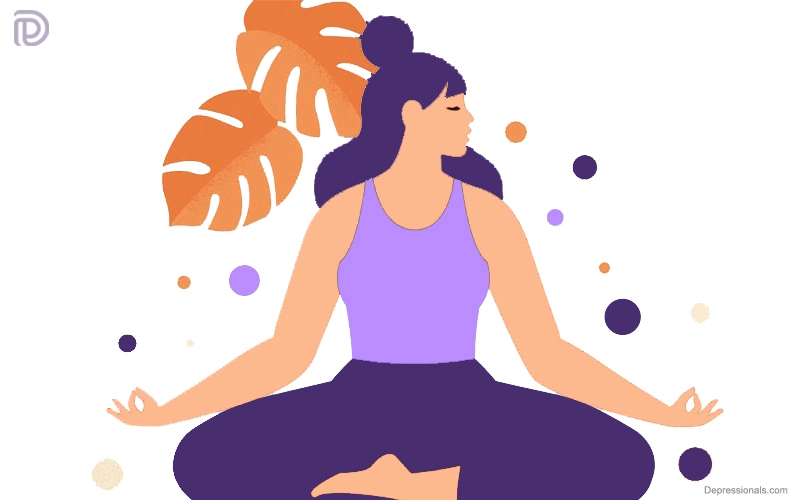
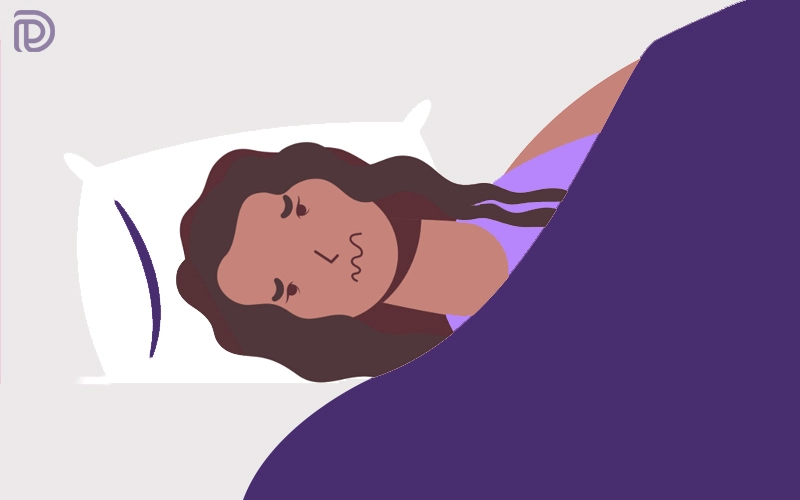
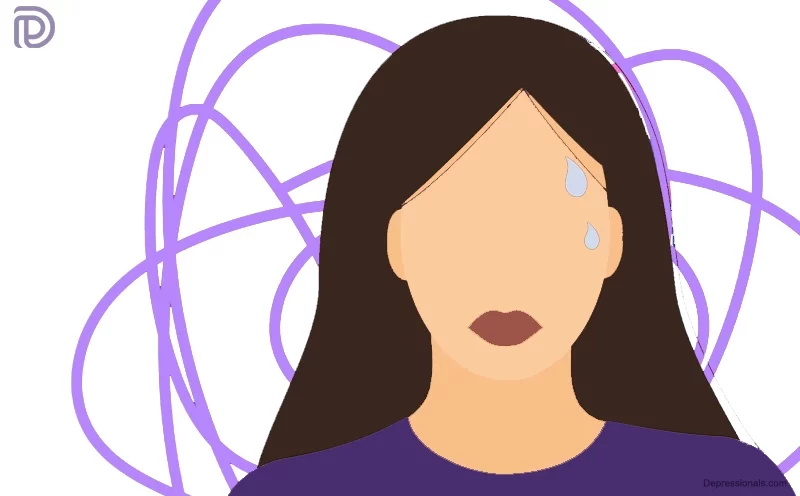
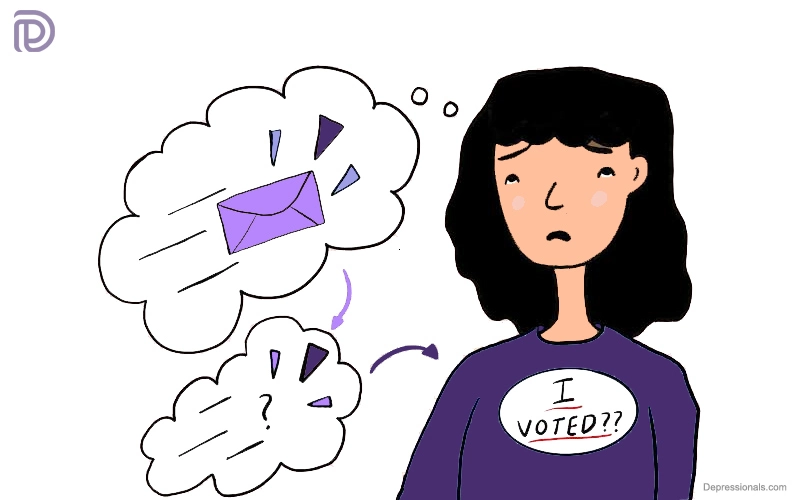
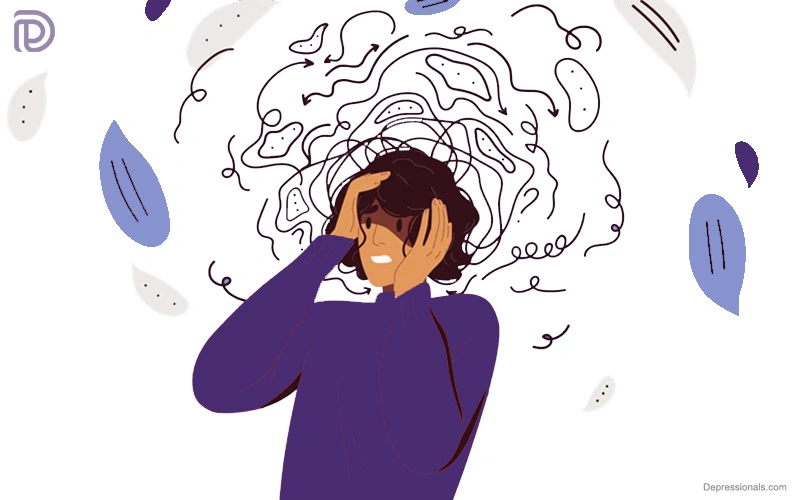

I’m not sure where you’re getting your information, but good topic. I needs to spend some time learning more or understanding more.
Thanks for wonderful info I was looking for this info for my mission.
I am not sure where you’re getting your information, but good topic. I needs to spend some time learning more or understanding more.
Thanks for wonderful info I was looking for this information for my mission.
Definitely believe that which you said. Your favorite justification seemed to be at the web the simplest thing to be aware of. I say to you, I certainly get irked at the same time as other folks think about issues that they plainly don’t recognise about. You controlled to hit the nail upon the highest and defined out the entire thing with no need side-effects , other folks could take a signal. Will likely be again to get more. Thank you
I genuinely appreciate your piece of work, Great post.
The information you have provided is very useful to me.